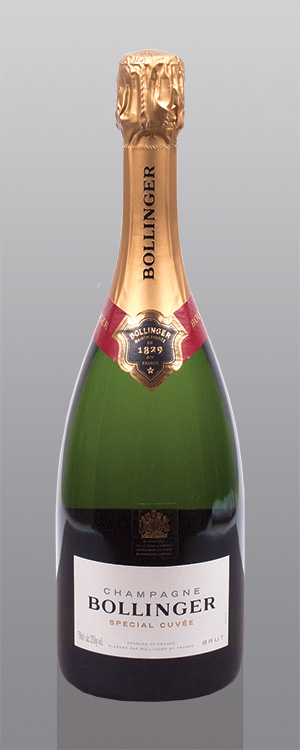
Bollinger Special Cuvée Brut Champagne
The story of Bollinger Champagne began with Athanase de Villermont, the youngest son of a noble family. He inherited an extensive estate from his family in the Aÿ area of France. He foresaw the potential of the wines of Champagne, but as an aristocrat he was forbidden to become involved in trade.
Happily, he met Joseph Bollinger, a German who had traveled widely to learn about the Champagne wine trade, as well as Paul Renaudin, a local man who was fascinated by the world of wine. The firm of Renaudin-Bollinger & Cie was founded on February 6th, 1829. Joseph took care of sales and Paul of the cellar.
Bollinger married Athanase’s daughter, Louise-Charlotte, in 1837. In time their sons, Joseph and then Georges, took over the business. Under the guidance of the two brothers, Bollinger gained renown and extended its vineyards considerably. In 1920 Jacques Bollinger, son of Georges, started managing the family business, and was noted for increasing Bollinger’s sales in England, based on the popularity of their Special Cuvée Brut. Continue reading “Bollinger Champagne”
